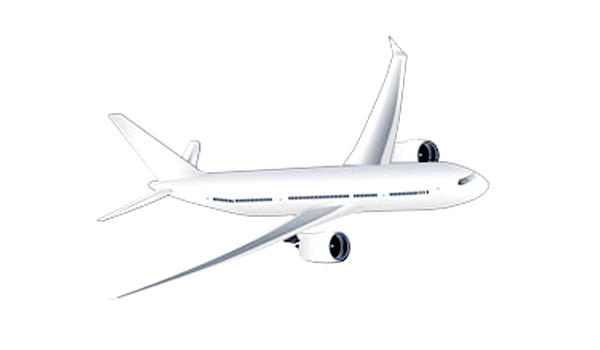Find Best Airline Reservation System for Your Business
We help you find the right Airline Reservation System for your business.

Airline Reservation System:
Airline Reservation System is generally a computer reservation system that is used for the reservations of a particular airline. It also interfaces with a global distribution system (GDS) which supports travel agencies and other distribution channels for making reservations in almost all major airlines in a single system. It is a part of passenger service systems (PSS), which supports the direct contact with the passenger. An airline reservation systems can provide the information like airline schedules, fare tariffs, passenger reservations and ticket records.
The direct distribution of an airline works within their own reservation system, and also push out information to the GDS. Consumers are another type of direct distribution channel who use the internet or mobile applications to make their own reservations. The same GDS which is accessed by the airline reservation systems are also accessed by the travel agencies and other indirect distribution channels. All messages are transmitted by a standardized messaging system that functions on two types of messages. These messages are transmitted on high level network (HLN) of SITA. For real time interactive communication, these messaging types are called Type A and for informational and booking type of messages, these are called Type B. Message construction standards are set by IATA and ICAO, which are global and applied to more than air transportation. The functionally of airline reservation systems is quite complex as they are business critical applications. An in-house airline reservation system is relatively expensive. The GDS are run by independent companies with airlines and travel agencies after deregulation. Some airlines also have proprietary versions which they use to run their flight operations in addition to these standardized GDS.
Seat Availability:
Seat Availability is commonly referred to as inventory in the airline industry which is is generally classified into service classes including first, business or economy class and up to 26 booking classes. Different prices and booking conditions are applied for these seat reservations. All these information are imported and maintained through a schedule distribution system over standardized interfaces.
Inventory control which is one of the main functions of inventory management directs how many seats are available in the different booking classes, by opening and closing individual booking classes for sale. The price for each available seat is determined by the fares and booking conditions stored in the Fare Quote System.
Passenger Name Record (PNR):
An inventory of an airline is accessed by an user through an availability display that contains information about all available flights for a particular city with their available seats in the different booking classes. This display gives information about the flights which are operated by the airline itself and also the code share flights which are operated in co-operation with another airline. It display a connection using its own flights or display the flights of other airlines if the paired city is not offered by the airline service. The availability of seats of other airlines is usually updated through standard industry interfaces. It supports access to the last seat availability in real-time depending on the type of co-operation.
All type of reservations either for an individual passengers or groups are stored in passenger name record (PNR) that contains personal information such as name, contact information or special services requests such as for a vegetarian meal, as well as the flights and issued tickets. Customer data in profiles are also stored by some reservation systems to avoid data re-entry each time a new reservation is made for a known passenger.
Passenger name list (PNL) is handed over to the departure control system before a flight departs, which is used to check-in passengers and baggage. All the information related to the reservation of a passenger such as the number of booked passengers and special service requests is also transferred to flight operations systems, crew management and catering systems.
Finally, the reservation system is updated with a list of passengers who had a reservation but did not check in and passengers who checked in, but did not have a reservation, once a flight has departed and the data required for revenue accounting and reporting is handed over to administrative systems. .